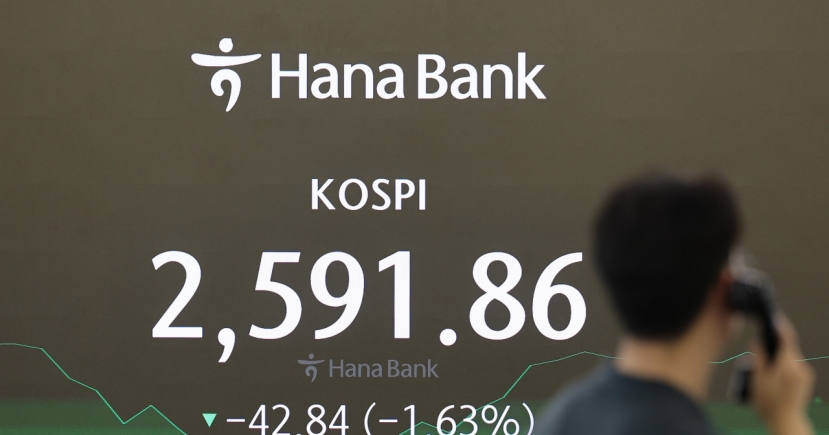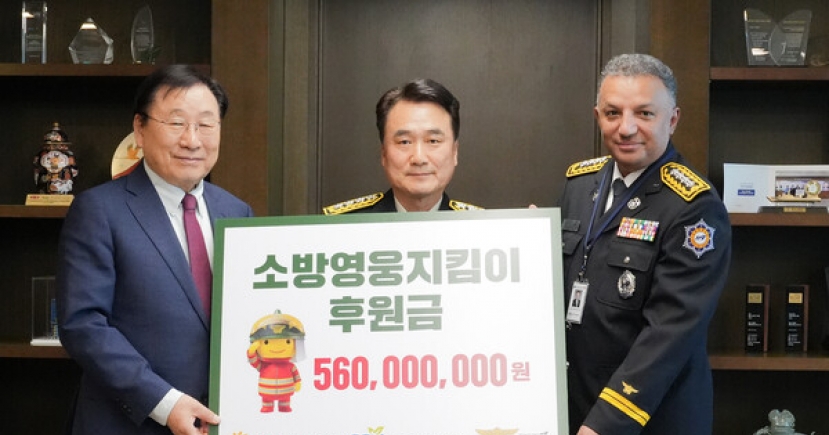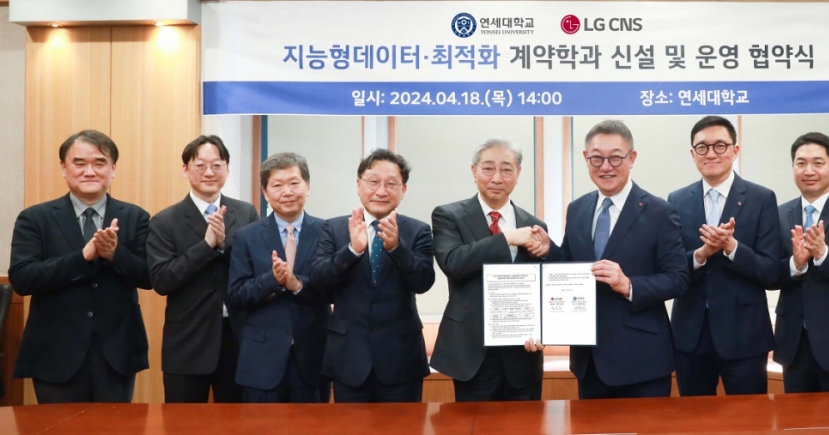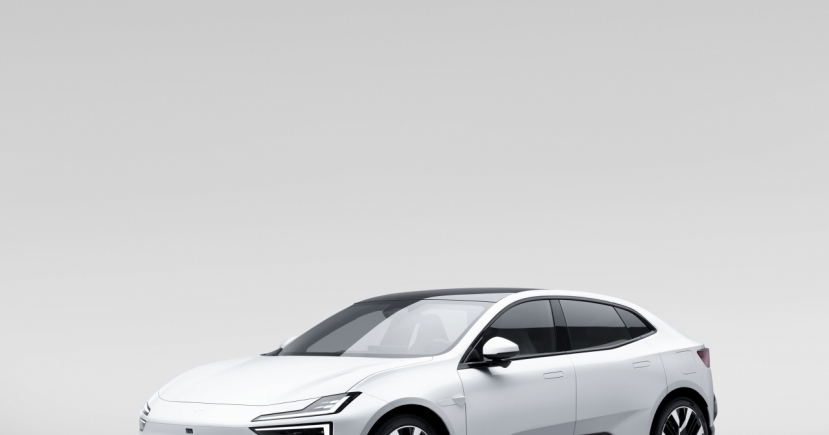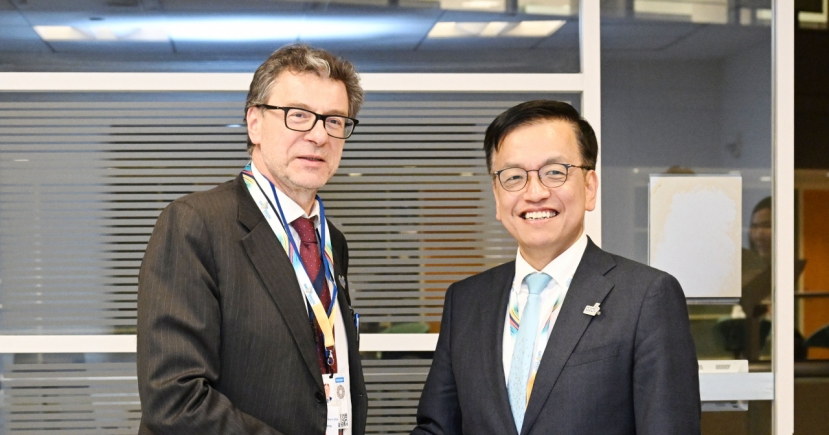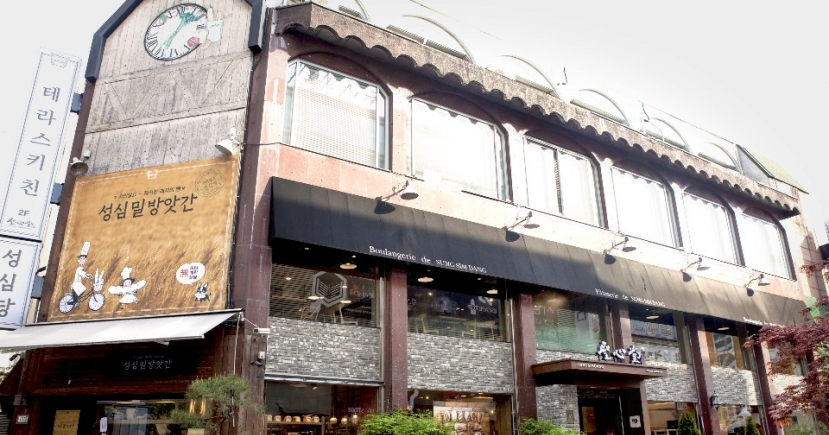Retail & Consumer
[INTERVIEW] Returns for Garosu-gil properties forecast at 5%
[THE INVESTOR] Seoul’s commercial leasing market is likely to be affected by the expected US interest rate hikes and weakening of the Korean won this year.
But Richard Hwang, managing director of Cushman & Wakefield Korea, a global consulting agency on real estate investment, is still optimistic about high returns of investments in Garosu-gil, southern Seoul, one of the most faddish commercial districts in the city.
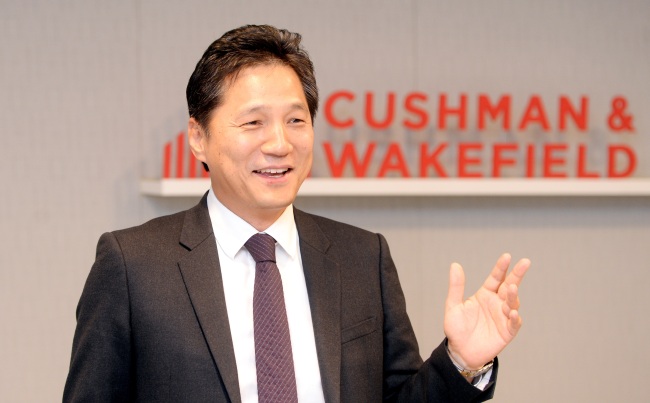 |
Richard Hwang, managing director of Cushman & Wakefield Korea |
“While most Korean investors view investing in Garosu-gil as having come to an end, the district still looks lucrative to foreign investors, offering 4.5 to 5 percent returns that are higher than what they can get from properties in Hong Kong, Tokyo and Singapore,” Hwang said in a recent interview with The Korea Herald.
At Cushman and Wakefield, Hwang is responsible for leading retail investment and leasing, commercial transactions and business development.
For the last 10 years, he has been providing strategic advice to multinational companies that plan to enter the Korean market.
Foreigners’ interest in commercial properties in Garosu-gil can be seen through the recent building purchase by Amancio Ortega, the chairman of Spanish fashion giant Inditex, which owns Zara.
Ortega earlier this month bought a five-story building in the Garosu-gil district for 32.5 billion won ($27 million), brokered by C&W. The building is currently occupied by Zara’s fast-fashion rival H&M. In 2015, the Zara owner purchased the M-Plaza building in Myeong-dong, central Seoul, another trendy district.
“It is crucial for foreign investors or brands to get a spot in one of the four popular districts -- Myeong-dong, Gangnam Station, Garosu-gil and the Hongdae area -- not only for high returns but also for marketing purposes,” he said. “Rents in those districts will remain particularly high for a significant period,” he said.
Hwang said the Korean commercial property market might look less attractive to foreign investors in Europe and the US this year because of the expected changes in the international financial market, mostly triggered by the new Donald Trump government.
However, key global investors like Ortega and institutional investors such as Blackstone and Brookfield will have additional plans to invest in Seoul, he said.
“Brookfield’s purchase of the IFC buildings in Yeouido was its first investment across the whole Asia region,” he said. “They are likely to continue investing in other properties this year.”
Blackstone also bought Capital Tower in southern Seoul from Korea’s Mirae Asset Financial Group for about 450 billion won, marking the private equity fund’s first investment in Korean real estate.
Korea’s commercial real estate market reached 10 trillion won in transaction volume last year, marking a record high, according to C&W. On average, the annual volume stands at 5 trillion won.
The 2016 transactions were led by foreign investors, including the aforementioned ones, AEW Capital, Prudential Financial Group and some Singaporean institutional investors.
Hwang forecast that foreign investments in major office and commercial buildings in Seoul are likely to surge at least until June.
“Amid the lingering prospects about low growth and low borrowing rates, global investors will continue considering Korean real estate as alternative investment items as part of diversifying their portfolios in the long run,” he said.
By Song Su-hyun/The Korea Herald (song@heraldcorp.com)


